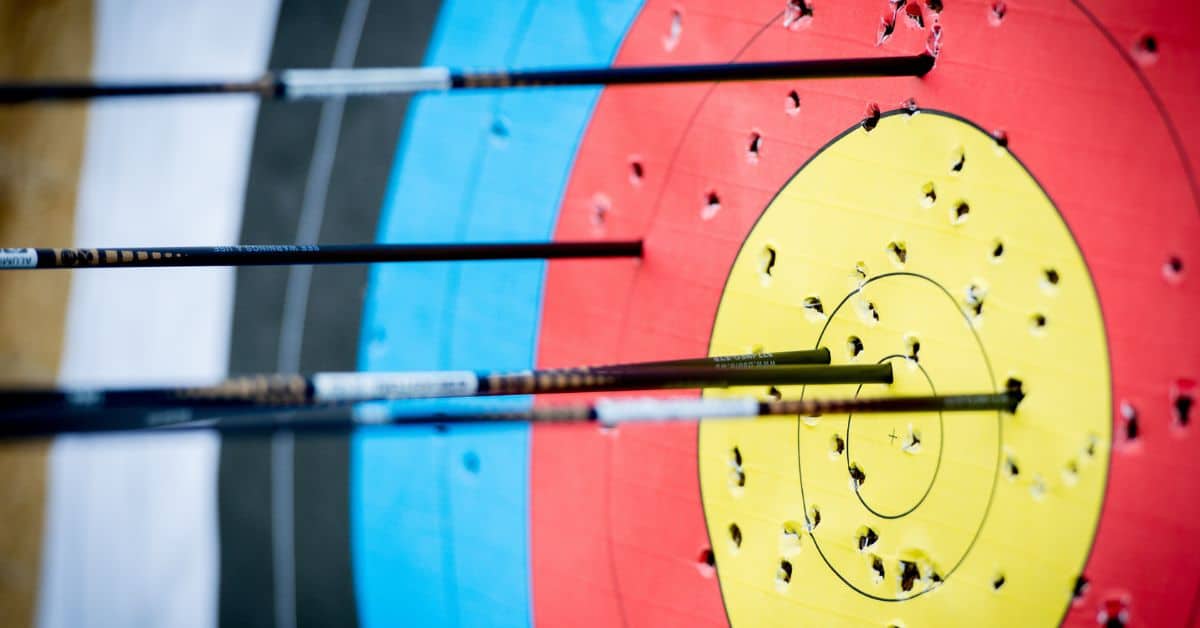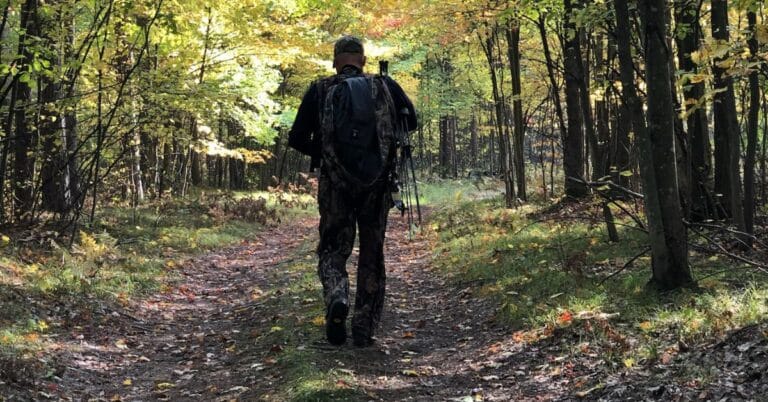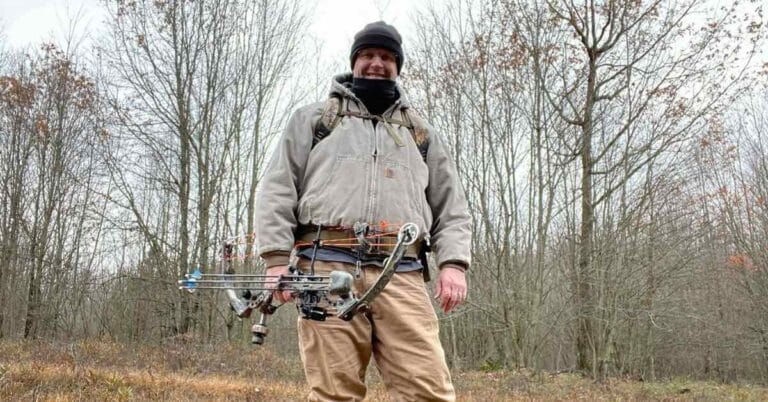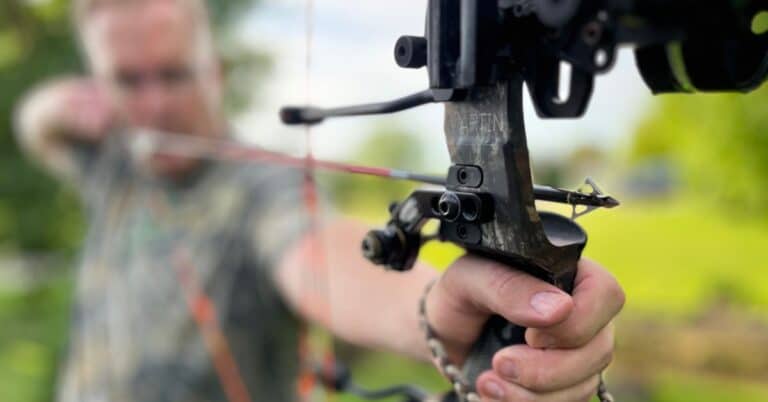Master Your Bow: Archery Practice at Home
The thrill of drawing back your bow in the off-season can keep your archery game sharp. Get ready to take aim and transform your backyard into the ultimate training ground. Developing a plan for archery practice at home in the off-season is just as important as during the peak of bow season. Compound bows rely on rhythm and muscle memory to enhance your skill level. Be sure to check your local state laws for archery rules.
Bow hunting holds a special place for many hunters, occurring during the transition from summer to fall. As the days grow cooler, the leaves transform into a palette of vibrant colors. It’s during this time that many archers head into the woods in pursuit of white-tailed deer.
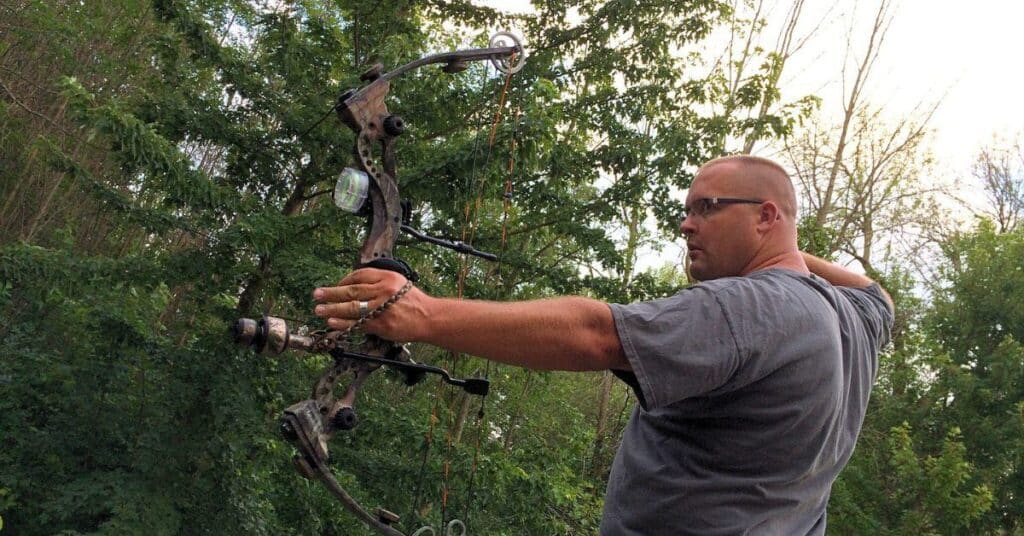
Backyard Archery Begins
Throughout the summer, anticipation for the season opener builds as hunters eagerly mark off days on their calendars. Months before the opener, hunters schedule vacations to participate in this annual event. As opening day approaches, it’s an ideal time to refine your skills and establish a practice routine with your chosen bow or crossbow.
While many archers feel the urge to shoot their bows before the season opener, there’s more to it than simply aiming at a target. Let’s explore some new habits and routines that can enhance your skills and increase your success when you head into the woods.
Spring into an Archery Training Plan
As winter fades and trees begin to bud, now is a great time to start planning for the upcoming archery season. Many hunters will grab their bows for the first time and instantly be reminded of the past season. They will revisit the feel of grabbing that bow from the hanger in the tree and how the grip felt in their hand as they took aim at the whitetail. The feeling of confidence in taking aim while holding that bow firm in hand.
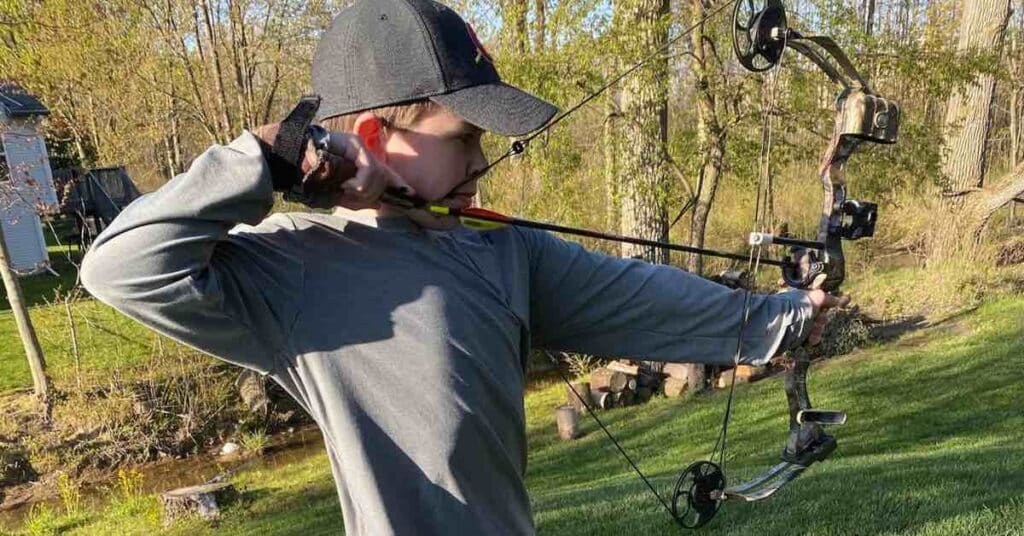
Compound Bow Maintenance
Before launching arrows into a practice target, now is the time to do a check on your equipment and consider a tune-up for the upcoming season. This is a great time to look at your strings and determine if they are in need of replacement. Over time, bowstrings will stretch, allowing them to absorb excess energy and soften the vibration from loading and unloading the bow. When replacing a set of bow strings, it is recommended to opt for pre-stretched strings, which will help your shot placement settle into consistent groups with fewer shots.
Consider taking your bow to your local archery shop for a complete tune-up. Most archery shops will conduct a thorough inspection of your bow and make necessary adjustments. I live in Michigan and take mine to Grand Valley Sporting Goods. They can assist in tuning your bow if your shots are not hitting tight groups. Simple adjustments like leveling your rest or tweaking your peep sight may improve your accuracy on the target. Additionally, consider lubricating the cams and replacing worn string dampeners. Lastly, assess any needed repairs to your arrows, such as replacing worn fletchings or nocks.
Routine for Archery Practice at Home
Once you have your equipment tuned, you can establish a routine schedule for practicing, which will develop the muscle memory needed to be a good archer. Consider a time of day that works best for you. Not everyone works a daytime schedule, so perhaps you can set aside time to practice in the morning. If not, maybe later in the day, closer to dusk, is an ideal time to shoot your bow and get acclimated to the setting sun and low-light conditions. Whatever you decide for practice time, stick to it, but don’t burn yourself out. The key is to establish the muscle memory needed to become proficient.
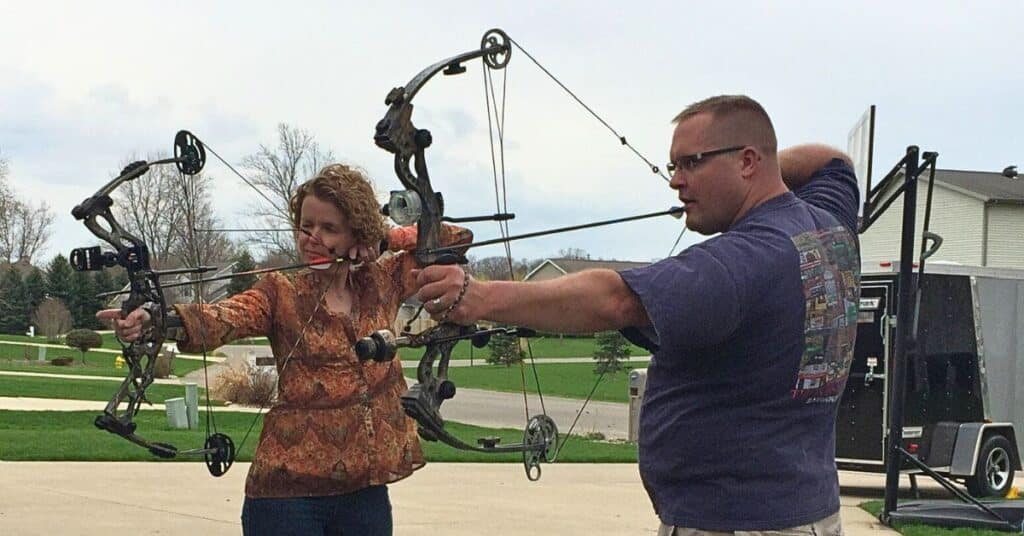
Get Comfortable at a Close Range First
Getting reacquainted with your bow after a tune-up is a feel that you will need to get used to. Shooting at a target at close ranges is a good way to start. To ensure your shot placement is on target, shoot a determined number of arrows at a distance of 10 to 15 yards. By doing so, you will develop a good feel for how your arrows take flight. Adjustments to your sights may be needed, so adjust accordingly. Often, determining which way to move the sight pin to correct shot placement can slow the process of making a sight adjustment. As a general rule of thumb, if your arrow is hitting to the left of your aim point, make your adjustment by moving the sight pin to the left. If the arrow is hitting the target low of the aim point, raise your sight pin for the adjustment.
Expand Your Target Practice Distance
Once you start to regain your rhythm, shoot from a further distance from the target, such as 20-30 yards. Establish the groupings you hope to achieve and then end your session for the day. The key here is not to over-practice. Repetitions will increase in the weeks to come. When you establish a plan for this daily or every other day routine, your proficiency will greatly improve. Along the way, you may find you need to make minor adjustments to your sights, but this is normal.
When practicing, replay a scenario from a previous hunt where you took aim at your target. Relive the movements you had to make to get into position for the shot. Try to duplicate or even adjust your technique to improve your shot sequence. At the beginning of a shooting session, challenge yourself to make a difficult shot with your very first arrow. Tell yourself the first shot has to be the best shot and let it fly. Consider this your one and only shot when a target comes into range.

Challenges for Archery Practice at Home
To break up the monotony of your practice session, consider these challenges:
- Pick a different spot to shoot at on your target with each arrow. Don’t become fixated on the same target spot.
- Change the elevation of your target, ensuring a safe backstop. Shoot from an elevated platform such as a deck. If you have tall trees around, use your choice of tree stand and replicate shooting from a tree as if you were in your hunting location.
- Position yourself standing behind trees and take a shot between tree limbs.
- Set up your ground blind and practice shooting from a sitting position as you would in the field. Consider wearing any clothing items that would affect your shot and wear them as you would during the season.
- Challenge yourself mentally to take a shot as if your target was coming into range. Consider your movements, reaching for your bow and drawing your arrows at the appropriate time. Hold your bow for an extended period before taking a shot. Practice letting your arrow down carefully without releasing it.
You may find that shooting only 10 arrows a day is all you need to consistently make good shots. Making that connection with your bow will leave you with a high level of confidence in your shooting ability. Practice time is a great stress reliever that will put your mind at ease. Proficient shooting will pay off when you head to the woods. My first time hunting with a used bow was a success. Remember, practice goes a long way!

